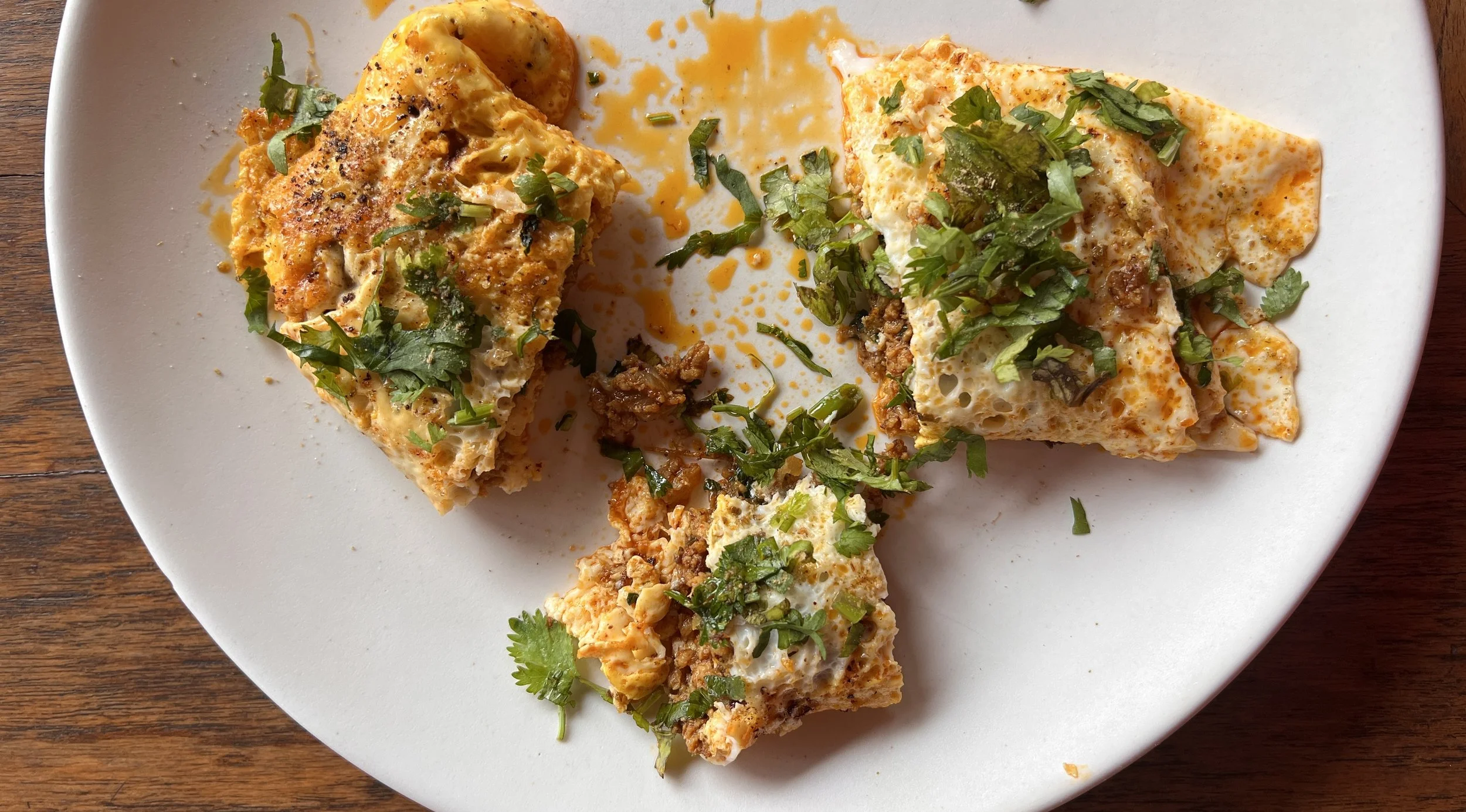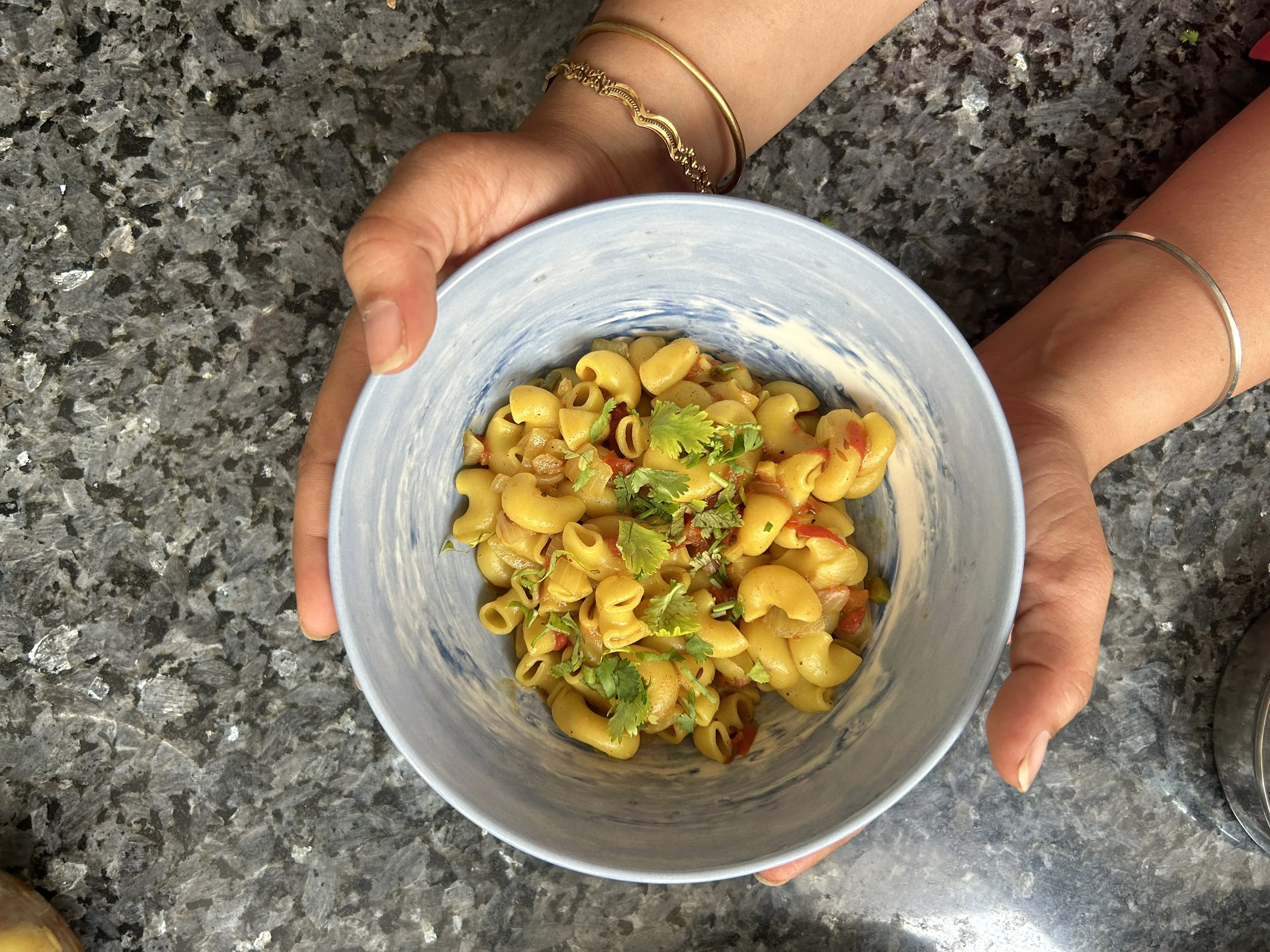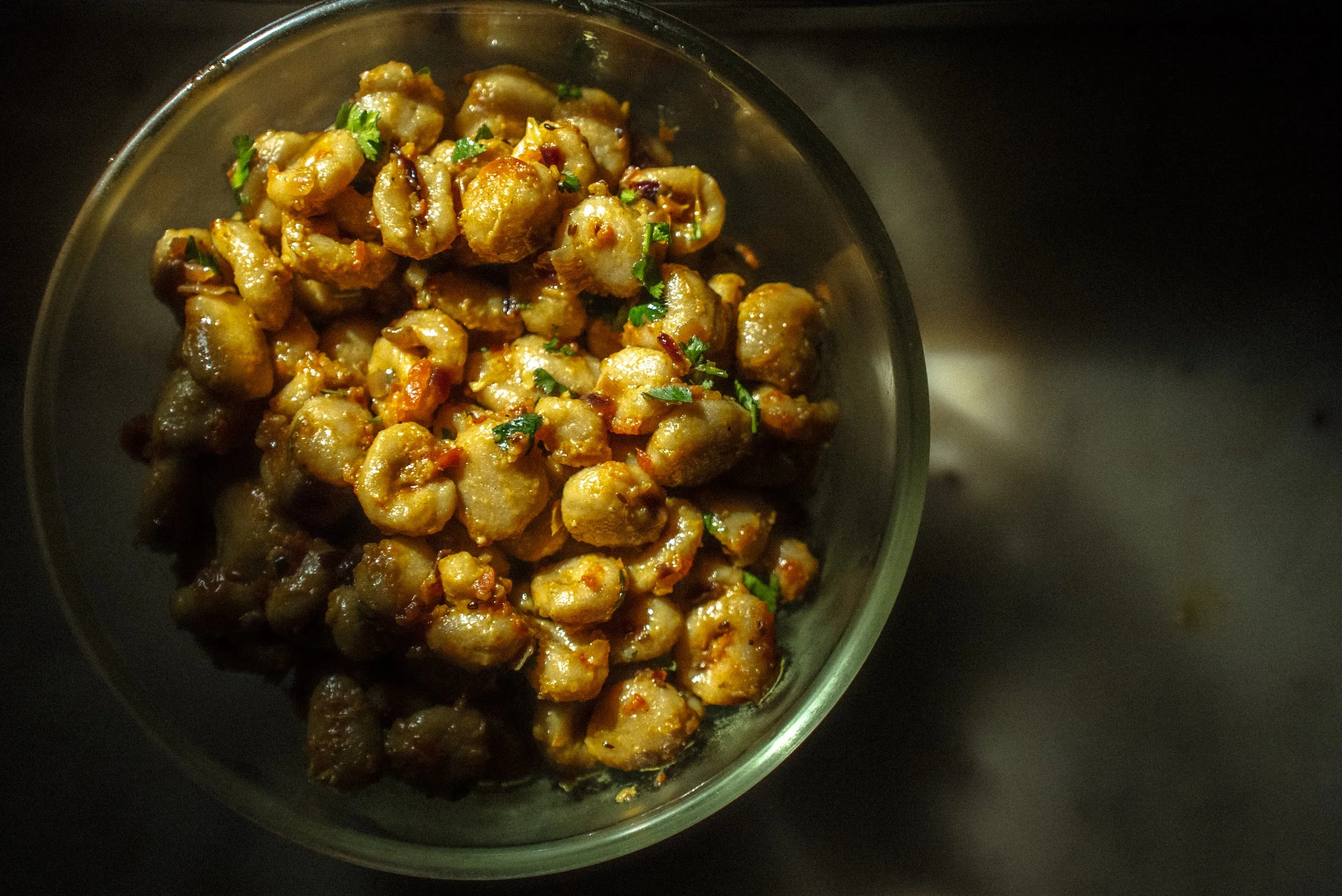Chokuli Pitha, the Leitmotif of Oriya Cuisine

The chokuli pitha is a skillet-crepe that serves as a base upon which many more Oriya dishes are created.
Much like its mountains and beaches, the cuisine of Orissa has remained largely uncharted territory. The culinary landscape of Orissa is reflective of its people — simple in its preparation, unassuming in character, frugal in ingredients, shaped greatly by religion, and deeply attuned to the ebb and flow of nature.
The renowned Jagannath temple in Puri is famous for its Chappan Bhog, or the feast of 56 dishes, served to devotees as prashad on green banana leaves. The temple kitchens have been the source of an inventive assortment of dishes, and has to a large extent, shaped Oriya cuisine. When a devotee enjoys a particular dish at the temple, it is often recreated at home. The vibrant spread of pithas (fried cakes), chutneys, saago (green leafy vegetables), and dals (lentils) prepared in the temple kitchens have gained widespread fame beyond the borders of Orissa, and are well known throughout the country.
The word 'pitha' is derived from a Sanskrit word that refers to cereal crops cooked over fire; traditionally, this refers to rice cakes that are served as an offering to the Gods. Pithas have become the leitmotif of Oriya cuisine; many Oriya dishes are a derivative of the pitha in some form. The most popular version of the pitha is Chokuli pitha — a skillet-crepe that serves as a base upon which many more recipes are created.
Chokuli pitha is traditionally eaten on the last Thursday of the month of Margasira, from December to January. Margashira gurubar holds a special meaning for Oriyas, because it represents equality, in every sense of the word. For this brief time, the goddess Lakshmi honours devotion in disregard of caste, becoming a social equaliser. Chokuli pitha is first served as an offering to her, the goddess of wealth, then consumed by the devotee, at the day’s end. This simplest of dishes hold great meaning, as detailed in the Oriya literary text by Balaram Das — the Lakshmi Puran.
Chokuli pitha is traditionally made with urad dal (black gram) and rice flour. Depending on produce available in the season and region, it is cooked as either a savoury or sweet crepe. The recipe’s simplicity is part of the reason it is so beloved, cutting across class and community in the state. Wheat flour, as used in this recipe, was a more recent substitution, introduced to the state after the Green Revolution of India, in the 60's.
As seen across regions in India, each family brings their own unique flavour to every recipe. This recipe of Chokuli pitha is my maternal grandmother’s, prepared during the month of Margasira, and is what we make to this day as well. The recipe uses wheat, sugar, fennel (saunf) and oil. The pitha is cooked until the insides are moist and crumbly, and the outer crust turns the shade of liquid honey.
Recipe: Oriya’s Chokuli Pitha
Ingredients
1 cup wheat flour
2 cups water
1/2 cup sugar or jaggery
1 tsp saunf or fennel seeds
Method
Mix the ingredients together to form a thick batter
Heat a skillet over medium high flame, and brush with oil or ghee
Pour the batter on to the skillet to form small discs
Put a little bit of oil around the edge of each disc
Flip in a few minutes, when the pan-facing side turns golden brown. Repeat on the other side.
Athena David is a final year student of history who writes about the origins of food. You can follow her work here.
ALSO ON THE GOYA JOURNAL








